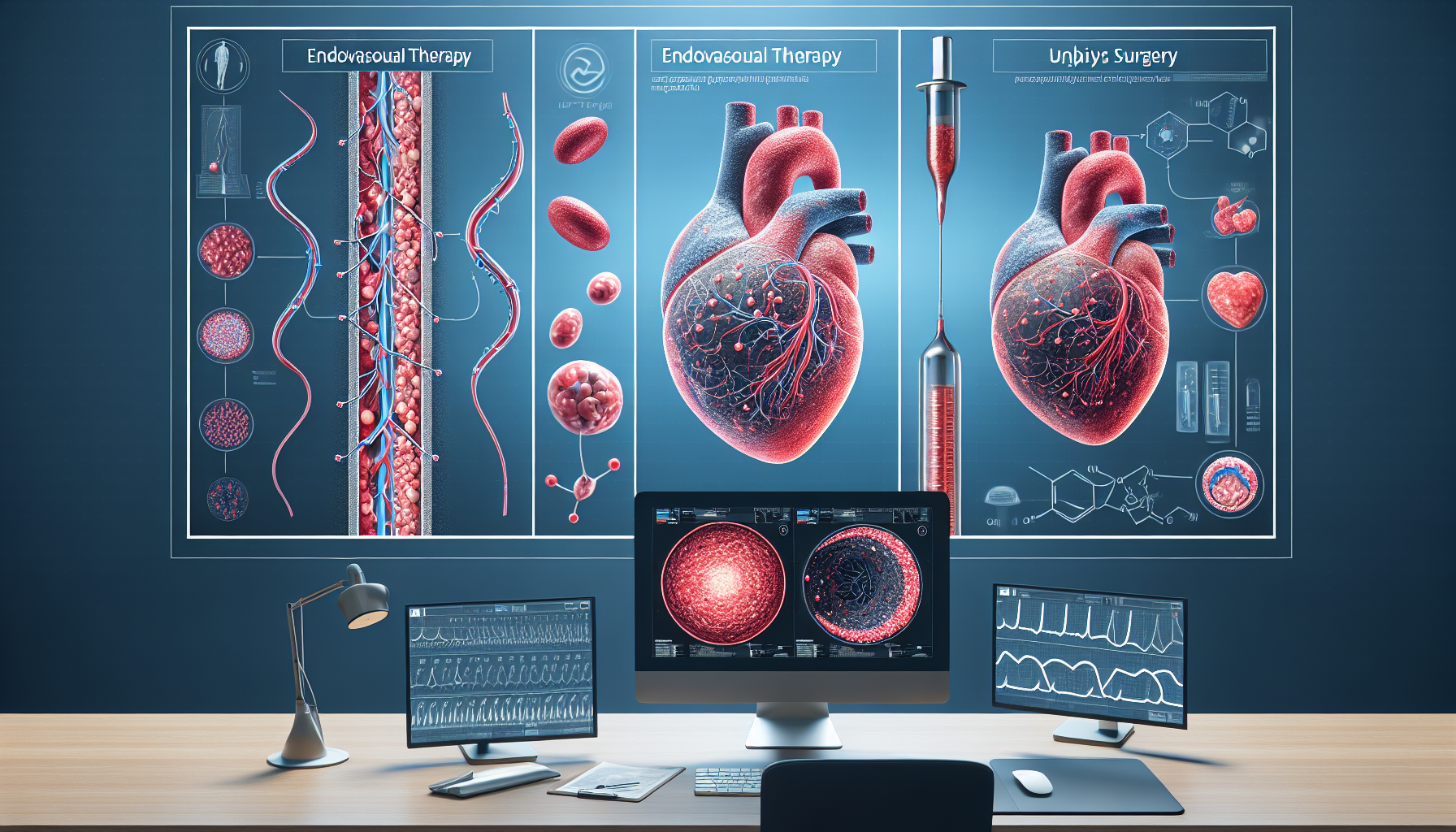Breakthrough in Heart Failure: Early CRT Shows Promising Results
Key Takeaways
- Early CRT can significantly improve heart function in patients with moderately reduced ejection fraction.
- The benefits of CRT can last beyond the treatment period.
- CRT may be effective even for patients without severe heart failure.
Did You Know?
Introduction to Cardiac Resynchronization Therapy (CRT)
Cardiac Resynchronization Therapy, or CRT, is a treatment aimed at correcting irregular heartbeats in patients with heart failure. It involves the use of a specialized pacemaker that helps the heart chambers beat in sync. This therapy is particularly useful for patients with left bundle branch block (LBBB), where the electrical signals in the heart are delayed or blocked.
Study Overview
A recent study explored the benefits of early CRT in patients with moderately reduced ejection fraction (EF) and LBBB. Ejection fraction is a measurement of how much blood the left ventricle pumps out with each contraction. A normal ejection fraction is usually between 50% and 70%. In this study, patients had an EF ranging from 36% to 50%, which is considered moderately reduced.
Key Findings
The study involved 76 adult participants who received a CRT-capable pacemaker. During the trial, patients were randomly assigned to two groups. One group had the CRT device turned on initially, while the other had it turned off before switching after six months. The results showed an average increase in ejection fraction by 5.3% when the CRT was turned on. Approximately 42% of patients’ ejection fractions improved to above 50%.
Improvement in Heart Volume
Additionally, there was a significant reduction in left ventricular end-systolic volume (LVESV), a measure of the volume of blood in the left ventricle after contraction. On average, LVESV improved by 21% with CRT on, and 65% of patients saw at least a 15% reduction.
CRT's Lasting Effects
Interestingly, even after CRT was turned off, patients maintained better heart function compared to their baseline measurements. This suggests that the benefits of CRT may persist beyond the treatment period, indicating potential for long-term heart health improvement.
Methodology and Considerations
The trial followed a crossover design, allowing researchers to observe the effects of CRT turned on and off in the same patients. This method helps in understanding not just the immediate, but also the residual effects of CRT. Patients were required to have stable ejection fractions for at least six months before participating, ensuring that any improvements were due to CRT rather than other variables.
Potential Benefits and Guidelines
The Heart Rhythm Society (HRS) guidelines currently recommend CRT for severe cases of heart failure. However, the study's findings support early intervention, even in cases of moderately reduced ejection fraction, aligning with a growing body of evidence suggesting broader applications for CRT.
Adverse Events and Safety
CRT was generally well-tolerated among participants. Significant adverse events were rare. A few patients required a revision of the device leads, and some experienced right ventricular lead perforation, which was successfully treated. There were no infections, pocket hematomas, or procedure-related deaths reported.
Conclusion
In summary, early CRT can improve heart function in patients with moderately reduced ejection fraction and LBBB. The lasting benefits observed even after the therapy was turned off highlight its potential for preventing the progression of heart failure. These findings pave the way for updated guidelines and broader use of CRT in less severe cases of heart failure.
Future Research
Further studies are warranted to explore the long-term outcomes of early CRT in terms of heart failure progression and patient survival. Understanding the durability of the therapy’s benefits will be crucial for future recommendations.



